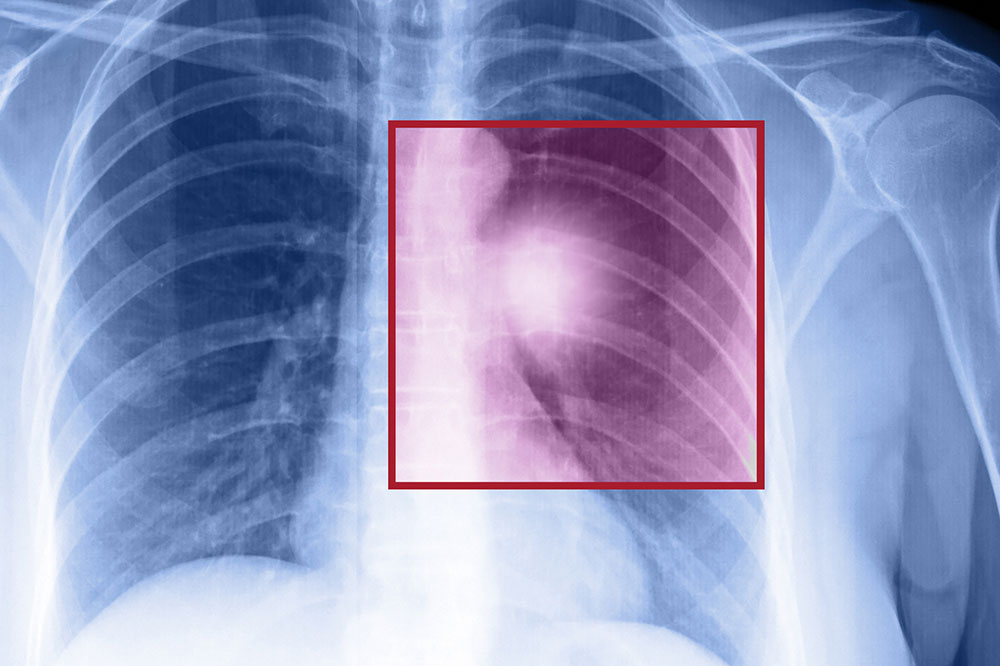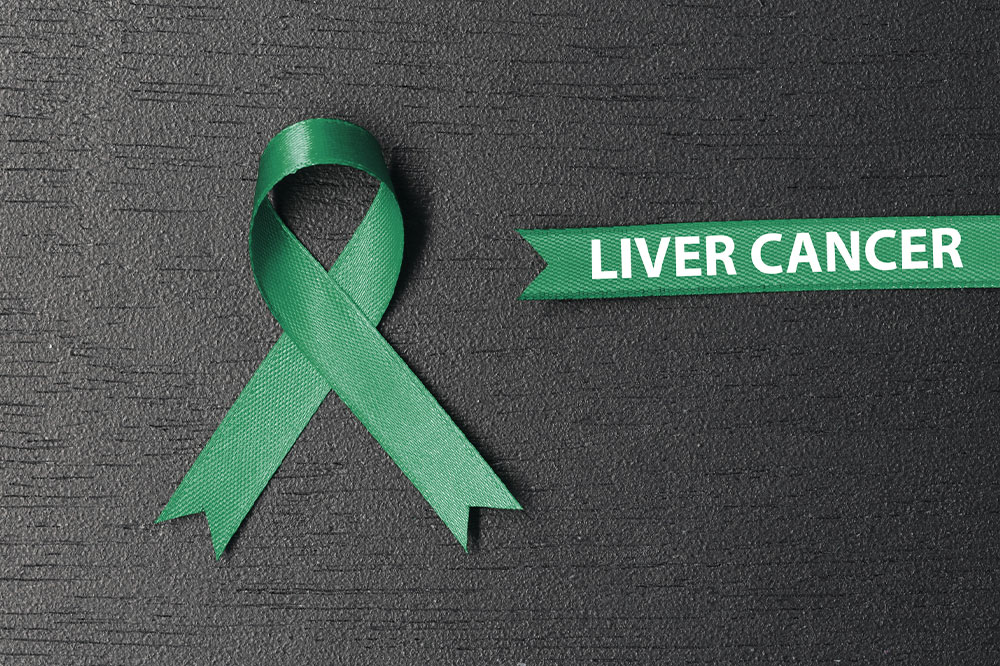Comprehensive Guide to Neonatal Sepsis: Causes, Symptoms, and Prevention
This comprehensive article explores neonatal sepsis, highlighting its causes, early symptoms, risk factors, diagnosis, and treatment strategies. Emphasizing the importance of early detection and proper medical intervention, it provides valuable information for parents and healthcare providers to better understand this serious neonatal condition. Preventive measures and supportive care options are also discussed, aiming to reduce the incidence and improve survival rates among newborns.

Comprehensive Guide to Neonatal Sepsis: Causes, Symptoms, and Prevention
Neonatal sepsis is a critical and potentially life-threatening infection that occurs in newborns within the first three months of life. This condition poses a significant health risk because infants' immune systems are not fully developed, making them highly susceptible to bacterial and viral infections. Understanding the causes, recognizing the early warning signs, and ensuring prompt treatment are vital steps in reducing the risk of severe complications and improving outcomes for affected infants.
Understanding Neonatal Sepsis
Neonatal sepsis manifests in two primary forms based on the timing of onset after birth. Early-onset sepsis (EOS) appears within the first 24 hours after delivery, commonly affecting premature infants or those born in environments with high microbial exposure. Late-onset sepsis (LOS), on the other hand, develops from 24 hours to about three months of age, often linked to postnatal exposures. Both forms require swift diagnosis and management to prevent serious health consequences.
Causes and Risk Factors of Neonatal Sepsis
Several factors contribute to the development of neonatal sepsis. The most common causes are maternal bacterial infections during pregnancy, such as chorioamnionitis, which can transmit pathogens to the fetus. Other risk factors include prolonged rupture of membranes (ROM), unsanitary delivery environments, or exposure to contaminated caregivers or environments. Microbial agents responsible for neonatal sepsis are diverse, including bacteria, viruses, fungi, and protozoa, with some pathogens being more prevalent in certain regions or settings.
Bacterial Causes:
Escherichia coli (E. coli)
Group B Streptococcus (GBS)
Haemophilus influenzae type B
Listeria monocytogenes
Viral Causes:
Herpes simplex virus (HSV)
Respiratory syncytial virus (RSV)
Rubella virus
Fungal Causes:
Candida species
These pathogens can invade the bloodstream or tissues, leading to systemic infections and severe health challenges.Recognizing Symptoms of Neonatal Sepsis
Detecting neonatal sepsis promptly can be challenging because early symptoms are often subtle or nonspecific. Parents and caregivers must be vigilant for signs that may indicate an underlying infection. These early indicators include fluctuations in body temperature, either fever or hypothermia, increased or irregular heart rates, poor feeding behavior, and decreased urination. As the infection progresses, more severe symptoms may emerge, such as persistent vomiting, diarrhea, abdominal swelling, lethargy or extreme irritability, seizures, skin discoloration, and difficulty breathing.
Any suspicion of neonatal sepsis warrants immediate medical attention. Pediatricians typically perform a comprehensive evaluation, including blood cultures, lumbar puncture, and other diagnostic tests, to identify the pathogen involved. Early diagnosis facilitates timely intervention, which significantly improves the prognosis.
Managing and Treating Neonatal Sepsis
Once diagnosed, neonatal sepsis treatment is typically aggressive and multidisciplinary. The cornerstone of therapy involves administering broad-spectrum antibiotics tailored later based on culture results. Supportive care measures include intravenous fluids to maintain hydration and electrolyte balance, oxygen therapy or respirator support if breathing difficulty occurs, and nutritional support through feeding or IV nutrition in severely ill infants. In some cases, medications to control seizures or stabilize blood pressure may be required. The duration of therapy varies but often extends over several weeks to ensure complete eradication of the infection.
Prevention strategies play a vital role in reducing neonatal sepsis incidence. These include maternal screening for Group B Streptococcus and appropriate antibiotic prophylaxis during labor, maintaining sterile delivery practices, and neonatal care that minimizes exposure to infectious agents. Educating parents about signs of infection and early medical consultation can further enhance early detection and treatment outcomes.
In conclusion, neonatal sepsis is a medical emergency that necessitates high suspicion, prompt diagnosis, and aggressive treatment. With advances in prenatal screening, sterile practices, and neonatal care, the survival rate and health outcomes for affected infants continue to improve. Continued research and education are essential to further reduce the burden of this serious condition.





